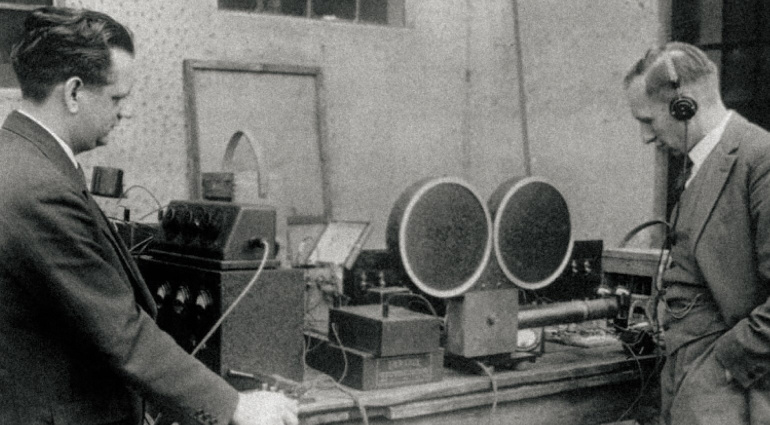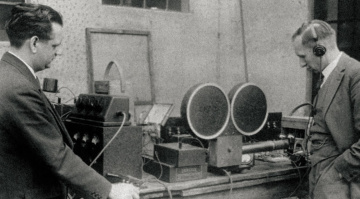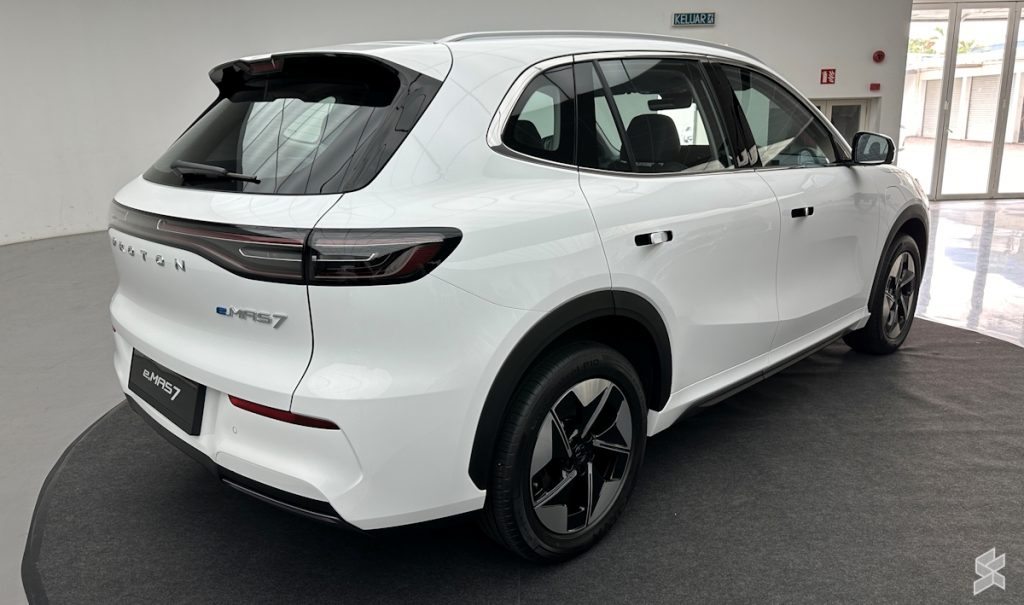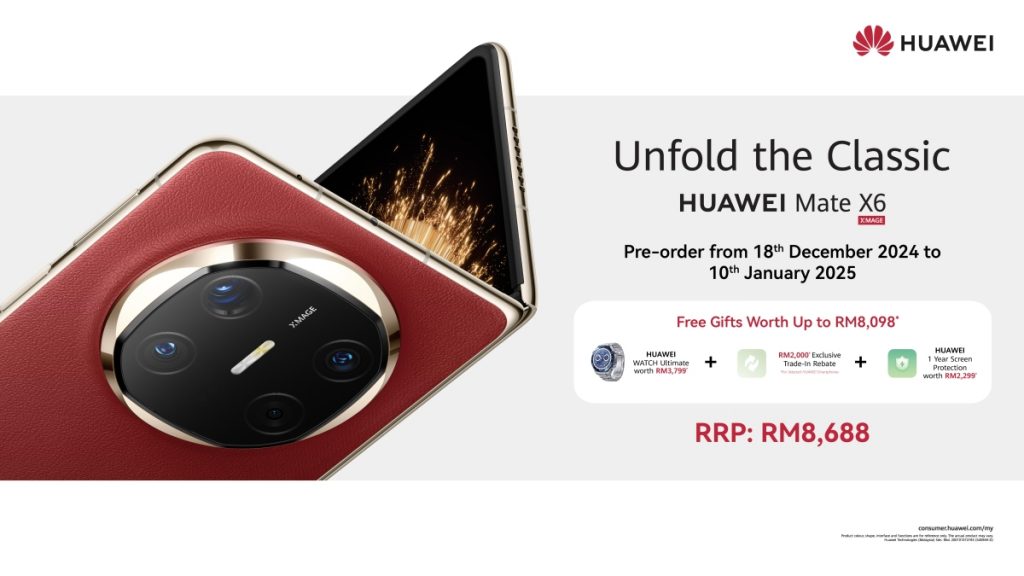We explore the multifaceted history of Neumann, a manufacturer that has continually shaped the music recording process over the years.
Besides its revered microphone designs, Neumann is equally well-known for the quality of its cutting lathe systems which are still used by many mastering houses today. The company was formed in Berlin by Georg Neumann and Erich Rickmann, who began manufacturing condenser microphones that were distributed under an AEG subsidiary known as Telefunken.
The History of Neumann
The company’s Berlin factory was damaged in an Allied bombing raid in 1943, so Georg Neumann relocated to the town of Gefell not far from the current border of Czechia. Life in this newfound home was short-lived for Neumann, as Thuringia fell under Soviet control towards the end of WWII.
Neumann became a state-owned entity that later became Microtech Gefell, another renowned microphone manufacturer. Meanwhile, Neumann returned to Berlin, establishing Georg Neumann GmbH in an Allied-occupied sector of the city, commencing production of the iconic U 47 tube-condenser microphone, only a few years later.
The History Of Neumann: Early Condenser Microphones
Although one of the earliest condenser microphone designs was pioneered by E.C. Wente at Bell Laboratories in 1916, this technology was aimed primarily at the communications industry.

Later in 1928, Georg Neumann created the first commercially produced condenser mic, the CMV 3, also known as the Neumann bottle. The influence of this design can still be seen today in the shapes of microphones from Blue, Soyuz, and Microtech Gefell.
One of the key aspects of the CMV 3 was its ability to use the interchangeable M 7, M 8, and M 9 capsules that allowed cardioid, figure-8, and omnidirectional pickup patterns.
The M 7 capsule became a cornerstone of Neumann’s engineering prowess. Moreover, a modern iteration is still in production to this day, known as the K 49.
The History Of Neumann: The Holy Trinity
By far, the most impactful of all Neumann designs are the U 47, U 67, and U 87 microphones. Each one of these coveted condenser mics transformed its respective era of recorded music and paved the way for many other great microphone designs.
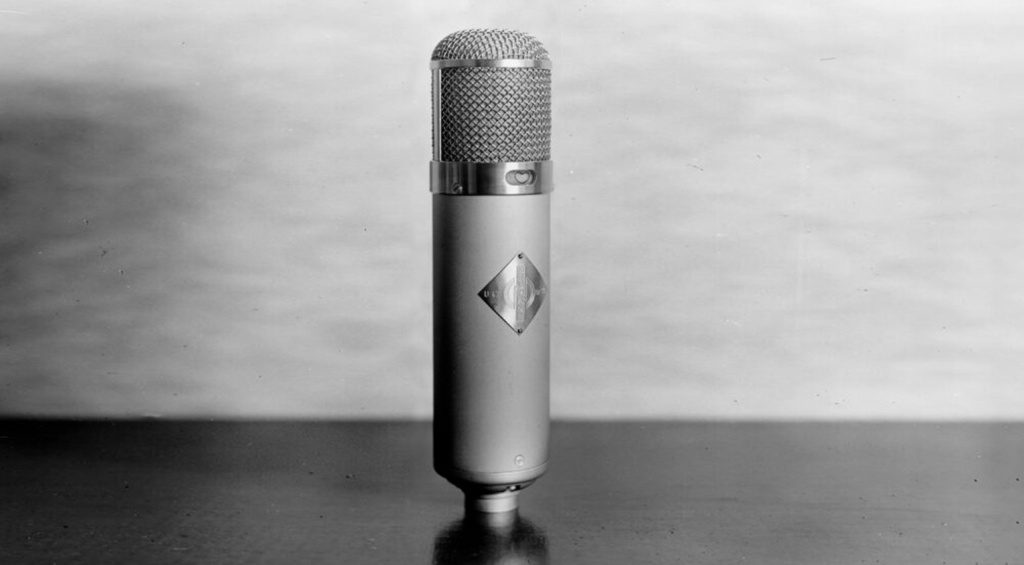
Produced between 1949 and 1965, the U 47 tube condenser was the first Neumann microphone introduced after WW II. The magical combination of tube and transformer circuitry, as well as the M 7 capsule’s sound, contributed to its legendary status today.
In 1960, with Telefunken no longer producing the VF 14 tubes, Neumann replaced the U 47 with the U 67 as its flagship microphone. The U 67 made use of more cost-effective EF86 pentode tubes and the more precise K 67 capsule.
With tube audio designs declining, Neumann would reinvent itself a third time in 1967 with the U 87. This solid-state microphone used FET circuitry and could be powered by a console’s phantom power rather than requiring an external PSU like tube mics.
The History Of Neumann: Klein + Hummel
Ever wondered what the KH stands for in the Neumann studio monitor model numbers? Well, before Sennheiser acquired Neumann in 1991 and K+H in 2005, Klein + Hummel was an innovative studio and live sound speaker manufacturer.

Many of the popular 2-way and 3-way active designs that are still available today began as the O 100, O 300, and O 400 monitors. K+H was known for its electro-acoustic transducers, active crossover systems, and DSP technology which has advanced considerably under Neumann.
The K+H brand dissolved completely in 2009, with its installed sound reinforcement components continuing to be produced under Sennheiser, and all monitors under the Neumann brand.
Like the K+H monitors where the lineage began, Neumann monitors are known for their unforgiving neutrality, detailed midrange, and low distortion, making them great tools for music production and mixing applications.
The History Of Neumann: Transformerless Microphones
In 1983, Neumann introduced its first Transformerless microphone design in the form of the TLM 170. Using the fet 100 technology and a transformerless output stage, the TLM 170 offered a dynamic range of 130 dB.

Equipped with the K89 dual-diaphragm capsule, the TLM 170 produced a more direct and transparent sound compared to their transformer-balanced counterparts. Also, the transient response is characteristically fast, resulting in a more up-front presentation in the mix.
With this modern sound, transformerless microphones grew in popularity throughout the 1980s and 1990s. As electronically-balanced designs are more affordable, it made high-quality recording tools more accessible for many engineers and producers.
Today, transformerless microphones are more relevant than ever. As most vocal recordings are processed with software such as Melodyne and Auto-Tune, the uncoloured transformerless sound is perfectly suited to modern recording workflows.
Neumann Today
In 2019, Neumann introduced its first pair of premium closed-back studio headphones, the NDH 20, with the open-back NDH 30 following in 2022. With the rise of headphone mixing throughout the industry, Neumann headphones have become a sought-after choice for professionals.

Over the years, Neumann has produced many outboard studio processors and even recording consoles. The transformerless V 402 mic preamp released in 2020 is all that remains of this line, but there is always hope that Neumann will reintroduce some of its classic studio tools.
Besides microphone preamps and headphones, Neumann expanded its line even further in 2022 when the Sennheiser Group acquired Merging Technologies. The first move was to release the MT 48 audio interface, based on the Swiss manufacturer’s Anubis interface design.
The MT 48 offers a versatile and extremely compact AES67/RAVENNA-compatible digital mixing platform with a range of connectivity options, as well as DSP and support for immersive mixing standards.
More about the History Of Neumann:
*Note: This article about the History of Neumann contains affiliate links that help us fund our site. Don’t worry: the price for you always stays the same! If you buy something through these links, we will receive a small commission. Thank you for your support!

